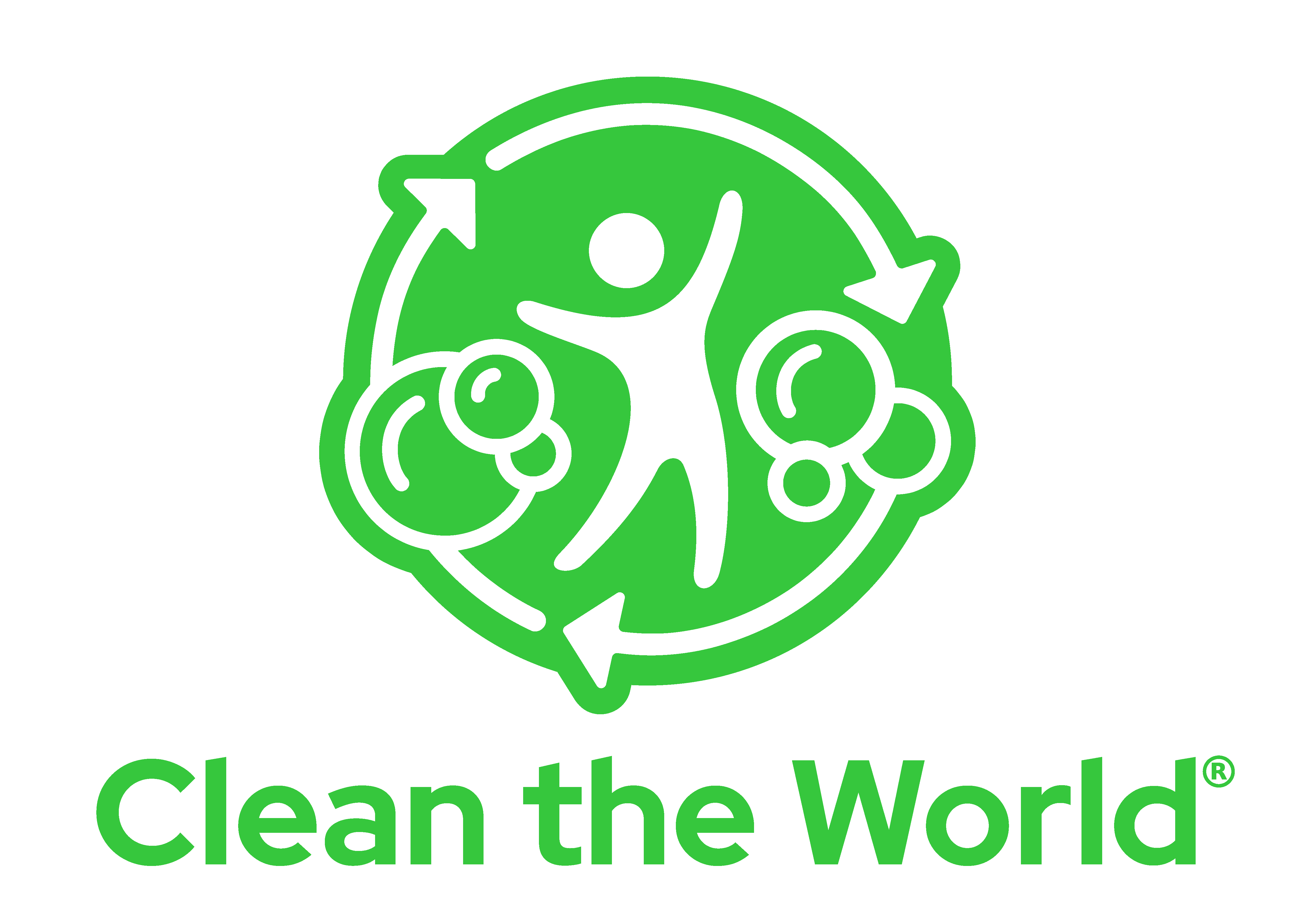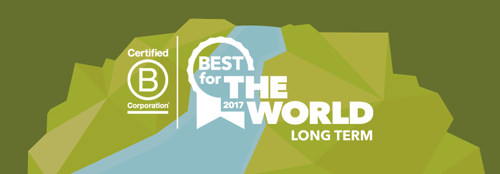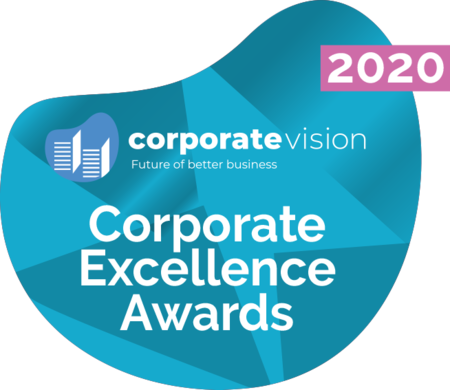We keep our kids home from school if they have a fever, an upset stomach, or the flu. Sometimes we even declare it a sick day if the tyke has the sniffles or a little cough.
Why?
There are a variety of reasons, but near the top of the list is the idea that we don’t want it to get any worse. Intuitively, most parents know a child is better off resting at home for a day or two than having something like a simple upper respiratory infection turn into pneumonia. Because if that common cold becomes something worse, then it might mean a week or more at home on the couch instead of in the classroom. An occasional sick day is far better than being out for an extended period.
But what if those “minor illnesses” weren’t occasional? What if your daughter or son was on an illness roller coaster with viral and bacterial infections coming and going on a regular basis? That down time can be a major hindrance to educational success.
Those excessive sick days are a problem in many developing countries, including Kenya. According to a report from Susan T. Njau of Kenya’s Ministry of Education, hygiene-related illnesses affect education in the country at a staggering rate. One-quarter of Kenyan student absenteeism is due to abdominal pains, which are likely a result of intestinal helminths infections. Also, older children may miss school to look after siblings sick with helminths infections.
At Clean the World, we know long-term solutions require improved water, sanitation, and hygiene (WASH) programs in at-risk communities. That’s why we recently launched a year-long pilot program in Kenya that will serve as a model as we roll out to other locations around the world.
Soap in Schools

To implement the inaugural Soap in Schools program, Clean the World teamed up with Helping Hand for Relief and Development (HHRD). We have a history of cooperative soap distribution with HHRD, having worked with them in Pakistan, Tanzania, and Somalia.
In this new program, we take things to the next level by providing soap and hygiene education to more than 4,000 children in 12 communities in central and northern Kenya. Together, we will measure the effect of ongoing hand-washing education and soap supplies on two specific indicators:
- The incidence of hygiene-related illnesses, specifically diarrheal disease and pneumonia
- School attendance, which we hope will increase as children get healthier
Right now we are conducting a baseline study in these Kenyan communities to determine how often children in the study group get sick and how much school they miss due to illness. After completing the baseline study, we will work with HHRD to provide the students with soap and continuing hand-washing education. Then we will conduct the same survey with the same group of kids every 90 days for the rest of the year to see if illness decreases and school attendance increases.
Intervention Evaluation
One of the great things about a study of this magnitude is that it allows us to test a few types of intervention. With 4,000+ students across a dozen or more communities, we can experiment with age groups, the frequency of hygiene education, and time of day to see what combination is most effective.
Is it more beneficial to spend 30 minutes twice a week with a group of kindergartners, or an hour once a week?
We don’t know yet. But by the time we finish collecting data and crunching numbers in early 2017, we will have the answer for you.
The Kenya program will also give us some insight into whether or not hand-washing education is more effective in urban areas vs. rural communities. About half our study locations are in Kibera, which is the largest slum in Nairobi, and the largest urban slum in Africa. Despite extreme poverty, poor sanitation, and confined spaces, residents of Kibera benefit from their location in some ways because they have access to clinics and other public services.
The other evaluation groups will be in rural areas where some of the residents are pastoralists and tend to be more tribal. While they may not have access to many of the services available in cities, they have a higher quality of life and live in less extreme conditions.
Although our first Soap in Schools program in Kenya will run for nearly a full year, you won’t have to wait that long to find out how things are going. We will provide frequent updates here on this blog and in our newsletter. Be sure to subscribe now if you don’t already receive the newsletter.





